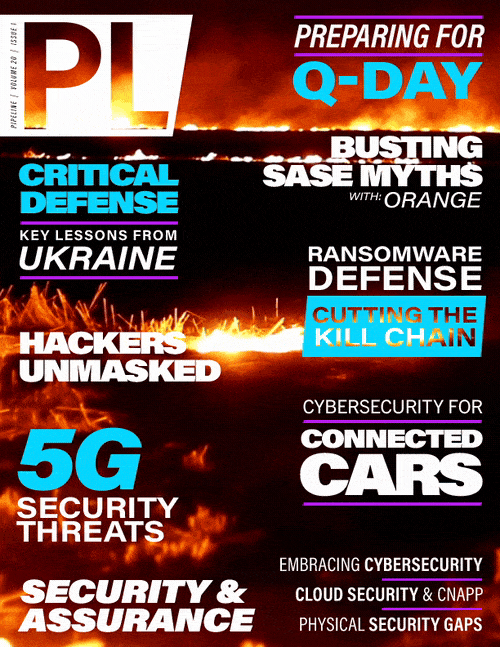Modernize Physical Access Control
to Close Data Center Cybersecurity Gaps
While the data center’s servers may be cyber-hardened, they may still be subject to crucial vulnerabilities if the access control system that protects them is not. Edge devices and controllers are often the weakest links in access control systems from a cybersecurity perspective. It is common to see passwords that are easily guessed or rarely changed, or firmware that hasn’t been kept up to date.
Now that access control systems have so many ”smart” network-connected devices, it is important to choose a system that allows for centralized monitoring of cybersecurity threats. If your system requires each of your hundreds of readers and boards to be individually checked and manually updated, your team is more likely to fall behind in this work or forget to do it.
Only a small number of access control software companies monitor edge devices. Look for solutions that notify you of the firmware version and if updates are recommended. With a modern, unified system, your software can help you monitor systems. The platform can alert your team when critical updates need to be installed. It can also help you to push those updates to all devices at once. Some software solutions even prompt users to update passwords regularly, indicate when they were last updated, and generate new passwords for each device.
Benefits of a unified approach to security
A unified system is a key component of modern access control systems due to their complexity. Disparate platforms are a struggle to maintain and use. A unified approach streamlines security technologies and enhances operations, physical security, and cybersecurity.
Every layer of perimeter security is linked to the next. Security teams can unify automatic license plate recognition (ALPR), video management systems, access control readers, and other Internet of Things (IoT) devices in one interface and thereby have a complete view of their facilities. This streamlined approach to security improves efficiency, closes cybersecurity gaps, and centralizes data from all systems into data that inform processes and overall operations.
For example, when a forced door alarm is initiated, a system that unifies video monitoring and access control allows your security team to quickly identify and review the related video feed. You may even change an alert to notify different teams based on the combined data from the door sensor and video analytics. A system with workflows may require multiple events to be initiated to trigger an alarm that requires immediate attention. For example, an alarm sounds to the security operations center (SOC) when a door is forced open and the camera detects motion. If no motion is detected, then it may be a low-priority alarm instead of a high. Once the cause is determined, your team can follow previously established automated standard operating procedures (SOPs) for the next steps.
A unified system can even combine data from sensors that aren’t traditionally part of a physical security solution, such as temperature sensors. In this case, digitized workflows could alert teams to respond to a potential HVAC unit problem in a data closet where the electronics are kept. The alarm would let the maintenance and IT teams know it is getting too hot prior to the equipment overheating and shutting down. In some organizations, human security guards still check thermostats on their hourly rounds, resulting in extra hours required for validation.
Unifying all aspects of your security within one solution gives your team a complete picture of your facilities and operational status. You can make better, more informed decisions that can improve security, streamline operations, and reduce downtime. The adoption of a modern, multi-site, unified security platform is the natural choice for data centers to meet the challenges they face today.



















